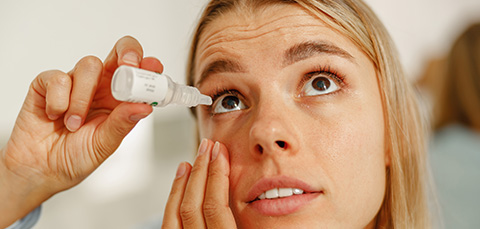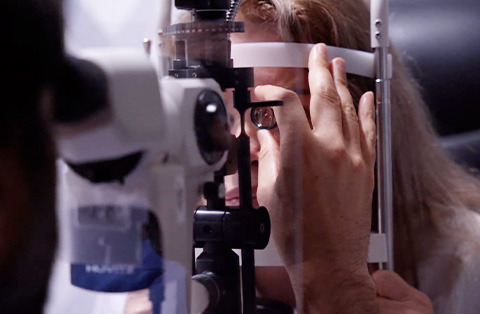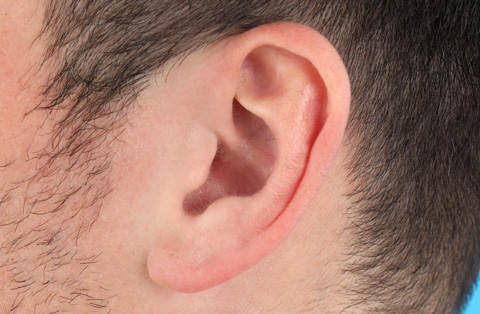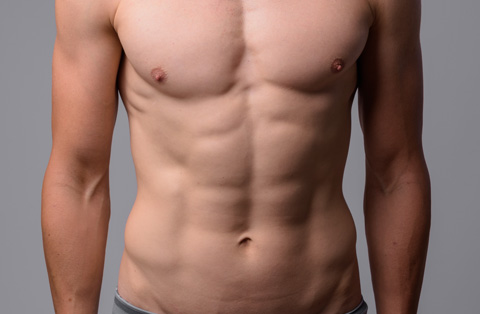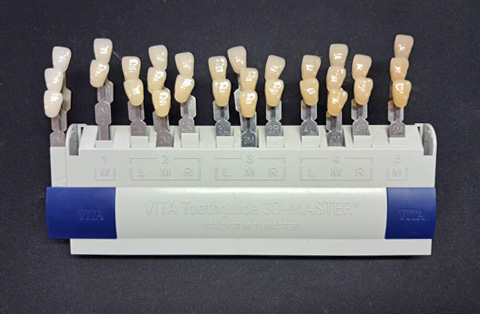Dry eyes in pregnancy are common but manageable. Learn safe treatments and simple home remedies to protect eye comfort, reduce irritation, and support healthy vision during this stage.
Dry eye syndrome happens when your eyes don’t make enough tears or when tears evaporate too quickly. The result is irritation, burning, and a gritty sensation.
During pregnancy, this problem becomes more common. Hormonal changes affect tear production, and studies show up to 40% of pregnant women report dry eye symptoms. Left untreated, it can reduce comfort, make contact lenses harder to wear, and even blur vision.
In this article, we’ll explain what dry eye in pregnancy is, why it happens, how to recognize symptoms, and which treatments and home remedies are both safe and effective. We’ll also cover risk factors, complications, and frequently asked questions to give you a complete guide.
What is Dry Eyes Syndrome?
Dry eye syndrome is a condition where the eyes don’t produce enough tears or the tears evaporate too quickly. Tears normally keep the eye’s surface moist, smooth, and protected. When tear quality or quantity is insufficient, the eye becomes dry and irritated.
This syndrome is not just about a lack of tears. It also involves an imbalance in the tear film’s three layers: oil, water, and mucus. Disruption in any of these layers can cause the eyes to feel gritty, burning, or tired.
Dry eye can be temporary or chronic. In pregnancy, hormonal changes can make symptoms more noticeable, but the condition also appears in other settings such as aging, certain diseases, or prolonged screen use.
Are Dry Eyes During Pregnancy Normal?
Yes, dry eyes are common during pregnancy. Many pregnant women notice that their eyes feel dry, gritty, or more sensitive than usual. This happens because hormonal changes influence the glands that produce tears, which can reduce tear stability and moisture.
In a hospital-based cross-sectional study of 201 pregnant women, 40.8% were found to have dry eye disease based on clinical tests and questionnaire screening. The same study broke down subtypes: among women with dry eye, 18.3% had evaporative type, 12.2% had aqueous deficiency, 7.3% had mixed form, and 62.2% were unclassified.
What Are the Symptoms of Dry Eyes During Pregnancy?
Pregnant women with dry eye often report irritation and changes in how their eyes feel throughout the day. The most frequent symptoms include:
Dryness or grittiness: A sensation that the eye surface is rough or sandy.
Burning or stinging: Discomfort that worsens in dry environments or with screen use.
Redness: The eyes may appear slightly inflamed or bloodshot.
Excess tearing: Paradoxically, dryness can trigger reflex tearing, producing watery eyes.
Blurry vision: Tear film instability may cause vision to clear after blinking, then blur again.
Sensitivity to light: Bright light may feel harsher, leading to squinting or discomfort outdoors.
Eye fatigue: A heavy, tired feeling after reading, working on digital devices, or performing visual tasks.
These symptoms may be mild or persistent and can change over the course of pregnancy. Some women notice worsening in the second or third trimester, when hormonal changes peak, but most find symptoms improve after delivery.
What Causes Dry Eyes During Pregnancy?
Dry eye during pregnancy develops mainly from hormonal changes. Shifts in estrogen, progesterone, and androgens affect the meibomian and lacrimal glands, which normally keep the eye surface lubricated. When these glands work less efficiently, tears evaporate faster or are produced in smaller amounts.
Other contributing factors include:
Altered tear film composition: Hormones can change the balance of oil, water, and mucus layers in tears, reducing stability.
Increased inflammation: Pregnancy may heighten immune activity, leading to subtle inflammation in the tear glands and ocular surface.
Contact lenses can cause dry eyes: Women who previously wore lenses without issues may develop irritation and discomfort during pregnancy.
Fluid shifts in the body: Pregnancy alters water retention and distribution, which can reduce tear volume.
Environmental triggers: Air conditioning, screen exposure, and dry climates worsen symptoms that hormones initiate.
In most cases, these causes are temporary and linked to the pregnancy state itself. Tear production and eye comfort usually improve once hormone levels return to baseline after delivery.
What Are the Treatments for Dry Eyes in Pregnant Women?
Treating dry eyes during pregnancy requires extra caution. Many medications commonly prescribed for dry eye outside of pregnancy may not be safe for the developing baby. Hormonal changes also influence how the eye responds to treatment, making some remedies less effective or less comfortable.
For this reason, doctors usually recommend starting with non-drug options and the safest eye drops before considering stronger therapies. Home-based remedies often provide enough relief, while medical treatments are chosen carefully to balance symptom control with pregnancy safety.
Medical Treatments
Doctors usually recommend the safest options first, since many drugs are avoided during pregnancy. Common medical approaches include:
Artificial tears and lubricating eye drops: Preservative-free options are preferred to reduce irritation and ensure safety.
Ointments or gels: Thicker formulations can be applied at night to reduce overnight dryness.
Prescription medications: Most immunomodulatory or anti-inflammatory drops are not routinely used in pregnancy. However, in severe cases, an ophthalmologist may consider them after weighing benefits and risks.
Punctal plugs: Small devices that block tear drainage channels to keep moisture on the eye surface longer. These are mechanical, not drug-based, and considered safe for pregnant women.
Home Remedies
Lifestyle adjustments often provide significant relief and can be used safely during pregnancy:
Warm compresses: Applying gentle heat to the eyelids supports oil gland function and improves tear quality.
Humidifier use: Adding moisture to indoor air reduces tear evaporation.
Frequent blinking: Taking breaks from digital screens and consciously blinking helps stabilize the tear film.
Hydration and nutrition: Drinking enough fluids and eating foods rich in omega-3 fatty acids support eye health.
Limiting contact lens wear: Since contact lenses can cause dry eyes, reducing use or switching to glasses during pregnancy often improves comfort.
Sunglasses outdoors: Protecting eyes from wind and sunlight reduces dryness and irritation.
Most women find symptoms manageable with these safe measures until hormones normalize after childbirth. Persistent or severe cases should always be reviewed by an eye specialist.
What Are the Risk Factors and Associated Conditions for Dry Eye in Pregnancy?
Certain women are more likely to experience dry eye during pregnancy due to biological, lifestyle, and medical factors. These include:
Risk Factors
Advanced maternal age: Women over 35 have a higher chance of reduced tear production and meibomian gland dysfunction.
Pre-existing dry eye: Women with a history of dry eye before pregnancy often notice worsening symptoms.
Contact lens wear: Since contact lenses can cause dry eyes, women who continue to wear them during pregnancy are at increased risk.
Prolonged screen time: Reduced blinking while using computers or phones worsens tear film instability.
Environmental exposures: Air conditioning, heating, wind, and low humidity environments all aggravate dryness.
Associated Conditions
Autoimmune diseases: Disorders like Sjögren’s syndrome, rheumatoid arthritis, and lupus reduce tear production and may flare during pregnancy.
Thyroid disease: Thyroid dysfunction, more common in women, is linked to ocular surface dryness.
Allergies: Ocular allergies can disrupt tear film balance and compound pregnancy-related dryness.
Gestational diabetes: Blood sugar changes may alter corneal sensation and tear quality, increasing dry eye symptoms.
These risk factors and associated conditions explain why some pregnant women experience only mild irritation, while others face more persistent discomfort requiring medical care.
Frequently Asked Questions
Does preeclampsia cause dry eyes?
Preeclampsia can contribute to dry eyes because it affects blood vessels and fluid balance, which may reduce tear production and alter eye surface health. Women with preeclampsia often report ocular discomfort, blurred vision, or dryness. These symptoms usually improve after delivery, but severe or persistent cases should be evaluated by an eye specialist.
Why are my eyes so blurry during pregnancy?
Blurry eyes during pregnancy often result from hormonal changes that alter tear film balance and corneal shape, leading to dryness and vision shifts. Fluid retention may also change how light passes through the eye. These effects are usually temporary and improve after childbirth, but persistent blurriness should be checked by an ophthalmologist.
How to reduce eye dryness?
You can reduce eye dryness in pregnancy with simple, safe steps. Use preservative-free artificial tears, stay well-hydrated, and avoid prolonged screen time. A humidifier and protective sunglasses help limit tear evaporation. Warm compresses improve gland function. If symptoms persist or worsen, consult an eye specialist for tailored medical options.
Does dry eye go away after pregnancy?
In most women, dry eye symptoms improve after pregnancy once hormone levels return to normal. Tear production and tear film stability gradually recover, reducing irritation. However, if you had dry eye before pregnancy or have underlying conditions like thyroid disease or autoimmune disorders, symptoms may continue and require ongoing management.
Is dry eyes common in pregnancy?
Yes, dry eyes are common in pregnancy. Studies show that around 30–40% of pregnant women experience symptoms such as dryness, irritation, or blurred vision. Hormonal changes affect tear production and tear film stability, making the eyes more sensitive. In most cases, symptoms ease after delivery when hormones stabilize.
Does breastfeeding have any effect on dry eyes?
Yes, breastfeeding can influence dry eyes. Lower estrogen and androgen levels during lactation may reduce tear production and oil gland function, similar to pregnancy effects. Some women notice persistent dryness while breastfeeding. These symptoms usually improve once menstrual cycles return and hormone levels stabilize, though supportive eye care may still help.
